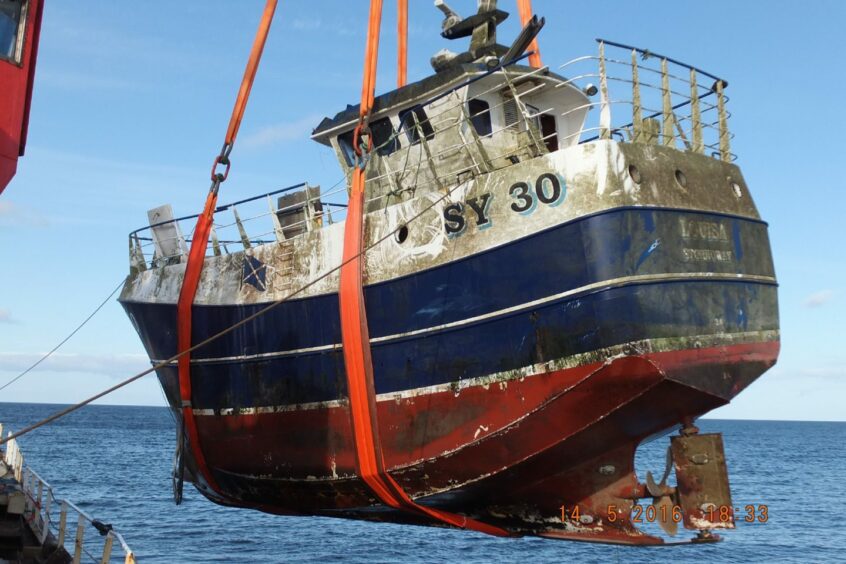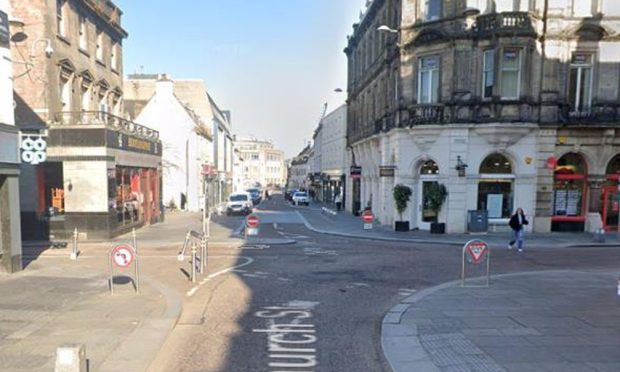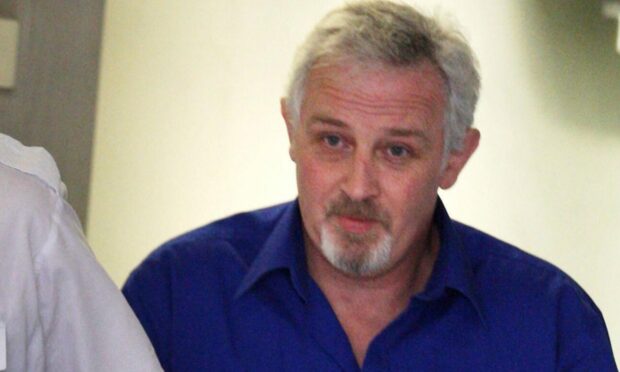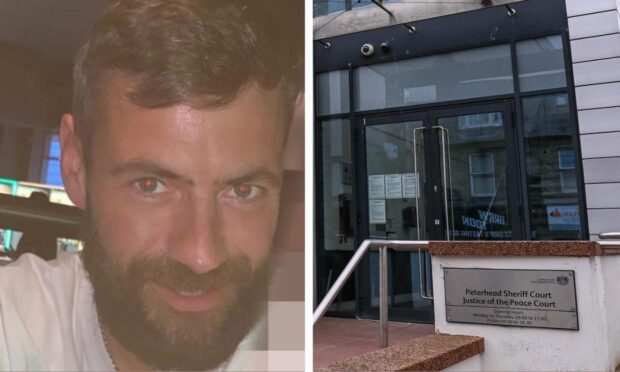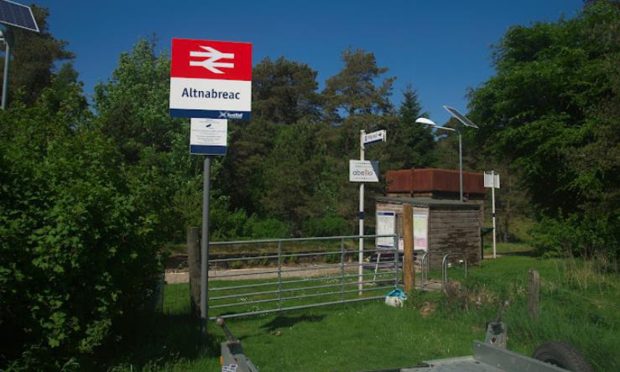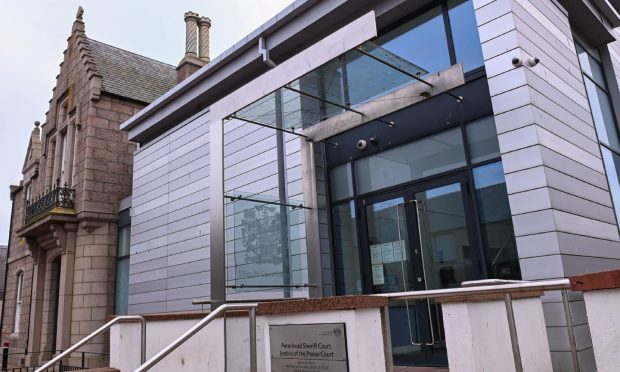An inquiry into the deaths of three Western Isles fishermen could not find the cause of flooding which sunk their boat, a sheriff has determined.
Martin Johnstone, 29, Chris Morrison, 27, and skipper Paul Alliston, 42, were all asleep when the vessel Louisa took on water on April 9 2016.
At the time, the boat was anchored off the Outer Hebrides, 200 metres away from the shore near Mingulay.
The crew were exhausted after four days of 20-hour-long daily fishing stints.
They awoke suddenly and discovered the vessel was down by the head and foundering bow first.
Their attempts to launch a liferaft were unsuccessful because the CO2 inflation cylinder failed.
The men put plastic buoys into the liferaft to help it float but it started to sink as they tried to get on.
Martin Johnstone, from Halkirk near Thurso, decided to swim to the shore.
Two colleagues remained with the liferaft which drifted further out to sea, and a fourth crewman, Lachlan Armstrong, successfully swam to dry land.
A search and rescue operation discovered the skipper Paul Alliston and Christopher Morrison unresponsive and face down in the water near the uninflated lifeboat.
Mr Morrison’s body was recovered but the skipper’s body slipped away as rescuers attempted recovery.
Despite an extensive search over the following days, his body has never been found.
Martin Johnstone’s body was retrieved 50 metres from the shore.
Search and rescue was delayed
All three men drowned despite wearing life jackets.
A Fatal Accident Inquiry (FAI) heard how “problems over the accuracy of coordinates and their supply to relevant parties might have caused some 15 minutes of delay in the search and rescue assets reaching the Louisa”.
The Sheriff said: “The direct cause of the deaths of the three fishermen was the failure of the liferaft to inflate”.
His determination added: “It is also beyond doubt that the reason the liferaft did not inflate was because the CO2 cylinder did not work”.
The FAI criticised the firm Thameside Fire Protection Limited which refurbished the cylinder.
Evidence given by the Marine Accident Investigation Branch (MAIB) detailed how it did not work because the cylinder had not been filled after maintenance.
The company had not noticed that fact when the tube’s filled weight was written on the cylinder.
The MAIB’s investigation also recorded defects in the form of surface cracks in the
valve attachment thread at the neck of the cylinder.
‘Failure rests with the management’
Experts also noticed the valve assembly had not been tightened into the neck to the manufacturer’s recommended torque setting.
Although a single employee of Thameside Fire Protection Limited was singled out, the sheriff found “ultimate responsibility for the failure rests with the management”.
He concluded: “If the crew had been able to climb aboard an inflated liferaft they almost certainly would have survived.”
And the owners of the Louisa at the time of the accident, Duncan and Murdo Kennedy, also came under fire from the inquiry.
Boat owners criticised
“If the owners of the Louisa had complied with the annual servicing requirements” a “properly functioning cylinder” would have been in place “well before the date of the accident,” the determination noted.
But the biggest mystery – how the Louisa flooded – is still unknown.
But he admitted “it has not proved possible to identify a cause” despite “extensive efforts” – a fact Mr Pyle said “will remain a disappointment” for the families of the deceased.

